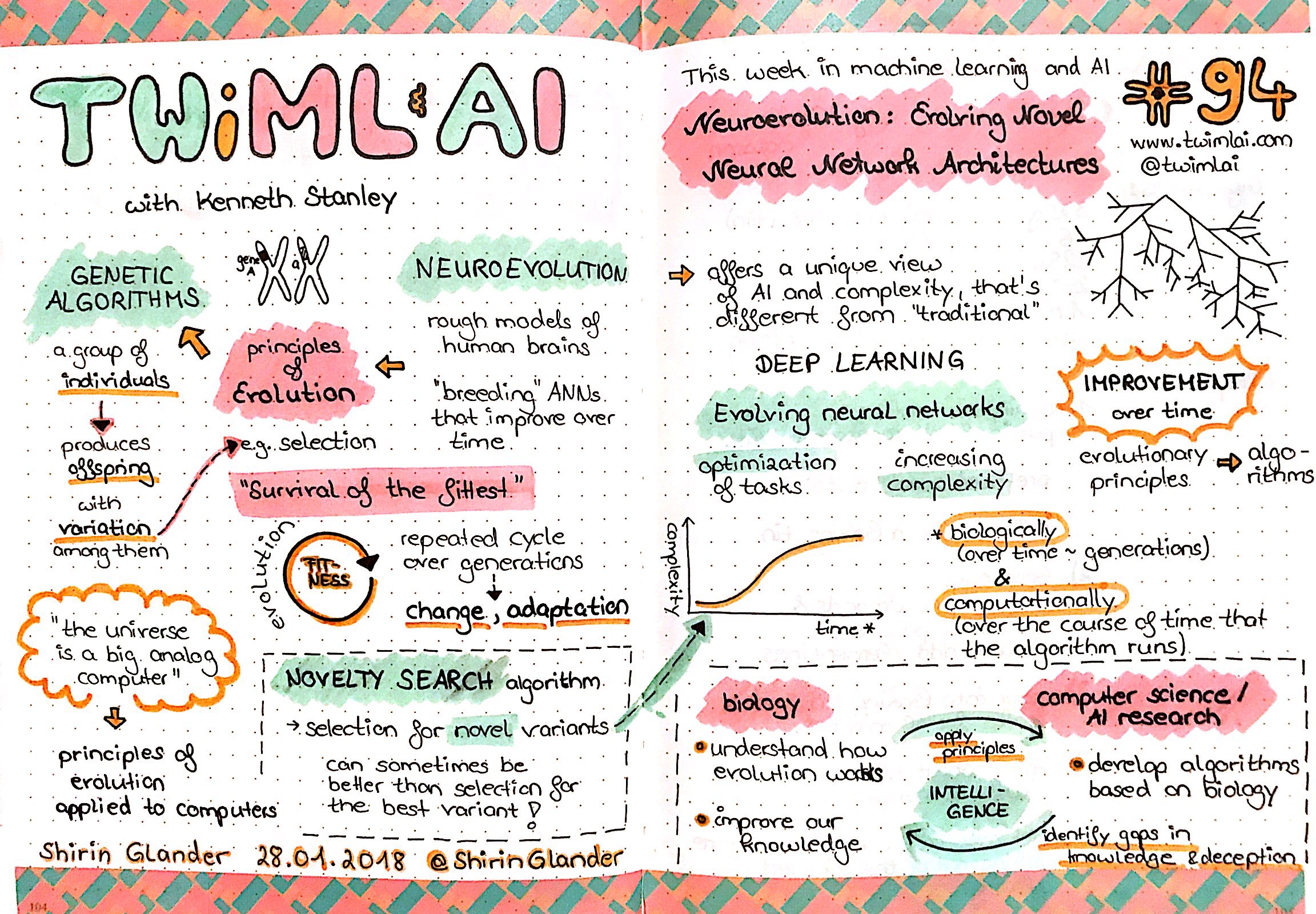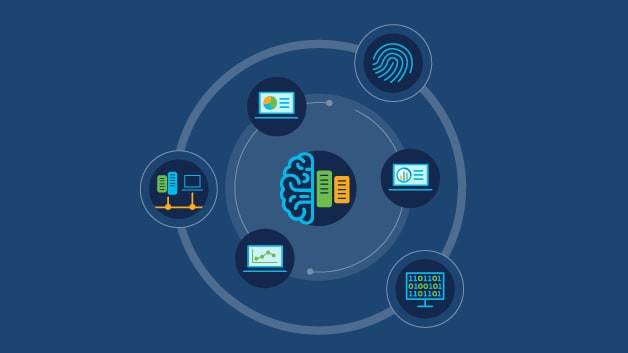
This CNN machine-learning tutorial will cover the convolutional neural net, Tensors Regularization, Tensors, and Object detection. It is important to train the machine to learn from input photos. Once you know the basics, you can build your own models. Here are some ways to get started. Then you can return and learn about the different types machine learning algorithms.
Convolutional neural network
A CNN is an image recognition process that uses several layers of neural networks to recognize images. The input image is usually a Tensor with shape and width. This information can be transformed into a "feature map", also known to as an activation map. The feature map has the exact same shape as the number x width x number x channels. The final output image consists of a one-dimensional array measuring 120 pixels in depth.

Tensors
What is the role for tensors within CNN machine learning. Tensors are two-dimensional data structures that store and describe operations performed on input data. They can represent data in a number of ways, including arrays made of integers, vectors, and tensors. Tensors are generalizations to vectors and matrixes. These data structures are also known as "tensors" because they can be considered object-oriented data systems.
Regularization
Regularization is used in CNN machine-learning to limit the number models. A model with too many parameters is more complicated than a regularized one. Regularization is based in Occam’s razor principle. The principle states that a model that is simpler to use than the training data is more likely be better. This helps the model to deal with the bias-variance tradeoff, by limiting the number of possible solution options to a smaller number.
Object detection
Object detection is a process in which computers identify objects in an image or video. Deep learning is used to identify objects. This technique generates meaningful results. These are just some of the many advantages of object detection. An in-depth understanding of how objects are represented visually will improve the accuracy of your object detector algorithm. Read on to discover more about object recognition using CNN machine learning. Below are three reasons object detection by CNN is useful.
Pose estimation
This article describes pose estimation using CNN machine learning. CNN is a machine learning algorithm that extracts representations and patterns from images. It can be used in a number of tasks such as segmentation, classification, and detection. CNN can learn complex features by using training data. Toshev, et al. used the CNN approach to estimate human poses in their recent study. This is a great example of the use of CNN to estimate poses.

Recognize activity
The generic Activity Recognition Chain is made up of four steps: prediction, pre-processing feature extraction and classification. Pre-processing and feature extraction are necessary for traditional supervised ML, while CNNs do not require this. CNNs work directly with the raw data. Feature extraction is achieved by convolution of the input signal using a kernel. This is called a feature map. This feature map then is used to predict sensor activity.
FAQ
Which industries are using AI most?
Automotive is one of the first to adopt AI. For example, BMW AG uses AI to diagnose car problems, Ford Motor Company uses AI to develop self-driving cars, and General Motors uses AI to power its autonomous vehicle fleet.
Banking, insurance, healthcare and retail are all other AI industries.
AI: Why do we use it?
Artificial intelligence, a field of computer science, deals with the simulation and manipulation of intelligent behavior in practical applications like robotics, natural language processing, gaming, and so on.
AI is also called machine learning. Machine learning is the study on how machines learn from their environment without any explicitly programmed rules.
Two main reasons AI is used are:
-
To make our lives easier.
-
To do things better than we could ever do ourselves.
Self-driving car is an example of this. We don't need to pay someone else to drive us around anymore because we can use AI to do it instead.
What can AI do?
Two main purposes for AI are:
* Predictions - AI systems can accurately predict future events. A self-driving vehicle can, for example, use AI to spot traffic lights and then stop at them.
* Decision making - AI systems can make decisions for us. You can have your phone recognize faces and suggest people to call.
How does AI work?
An algorithm is a sequence of instructions that instructs a computer to solve a problem. An algorithm can be described in a series of steps. Each step has an execution date. Each instruction is executed sequentially by the computer until all conditions have been met. This process repeats until the final result is achieved.
Let's say, for instance, you want to find 5. One way to do this is to write down all numbers between 1 and 10 and calculate the square root of each number, then average them. However, this isn't practical. You can write the following formula instead:
sqrt(x) x^0.5
You will need to square the input and divide it by 2 before multiplying by 0.5.
This is how a computer works. It takes your input, squares it, divides by 2, multiplies by 0.5, adds 1, subtracts 1, and finally outputs the answer.
How will governments regulate AI
Although AI is already being regulated by governments, there are still many things that they can do to improve their regulation. They must make it clear that citizens can control the way their data is used. Aim to make sure that AI isn't used in unethical ways by companies.
They should also make sure we aren't creating an unfair playing ground between different types businesses. A small business owner might want to use AI in order to manage their business. However, they should not have to restrict other large businesses.
Are there any potential risks with AI?
Of course. They always will. AI poses a significant threat for society as a whole, according to experts. Others argue that AI has many benefits and is essential to improving quality of human life.
AI's potential misuse is the biggest concern. The potential for AI to become too powerful could result in dangerous outcomes. This includes things like autonomous weapons and robot overlords.
Another risk is that AI could replace jobs. Many people fear that robots will take over the workforce. Some people believe artificial intelligence could allow workers to be more focused on their jobs.
For instance, economists have predicted that automation could increase productivity as well as reduce unemployment.
What does AI mean for the workplace?
It will revolutionize the way we work. We can automate repetitive tasks, which will free up employees to spend their time on more valuable activities.
It will enhance customer service and allow businesses to offer better products or services.
It will help us predict future trends and potential opportunities.
It will help organizations gain a competitive edge against their competitors.
Companies that fail AI adoption will be left behind.
Statistics
- According to the company's website, more than 800 financial firms use AlphaSense, including some Fortune 500 corporations. (builtin.com)
- A 2021 Pew Research survey revealed that 37 percent of respondents who are more concerned than excited about AI had concerns including job loss, privacy, and AI's potential to “surpass human skills.” (builtin.com)
- By using BrainBox AI, commercial buildings can reduce total energy costs by 25% and improves occupant comfort by 60%. (analyticsinsight.net)
- More than 70 percent of users claim they book trips on their phones, review travel tips, and research local landmarks and restaurants. (builtin.com)
- In the first half of 2017, the company discovered and banned 300,000 terrorist-linked accounts, 95 percent of which were found by non-human, artificially intelligent machines. (builtin.com)
External Links
How To
How do I start using AI?
One way to use artificial intelligence is by creating an algorithm that learns from its mistakes. You can then use this learning to improve on future decisions.
If you want to add a feature where it suggests words that will complete a sentence, this could be done, for instance, when you write a text message. It could learn from previous messages and suggest phrases similar to yours for you.
To make sure that the system understands what you want it to write, you will need to first train it.
Chatbots can also be created for answering your questions. So, for example, you might want to know "What time is my flight?" The bot will reply, "the next one leaves at 8 am".
You can read our guide to machine learning to learn how to get going.